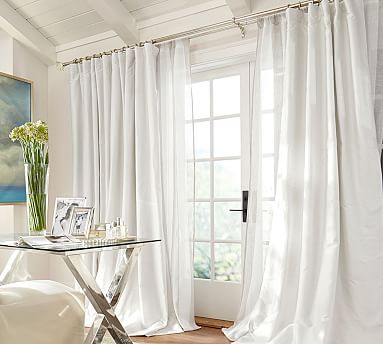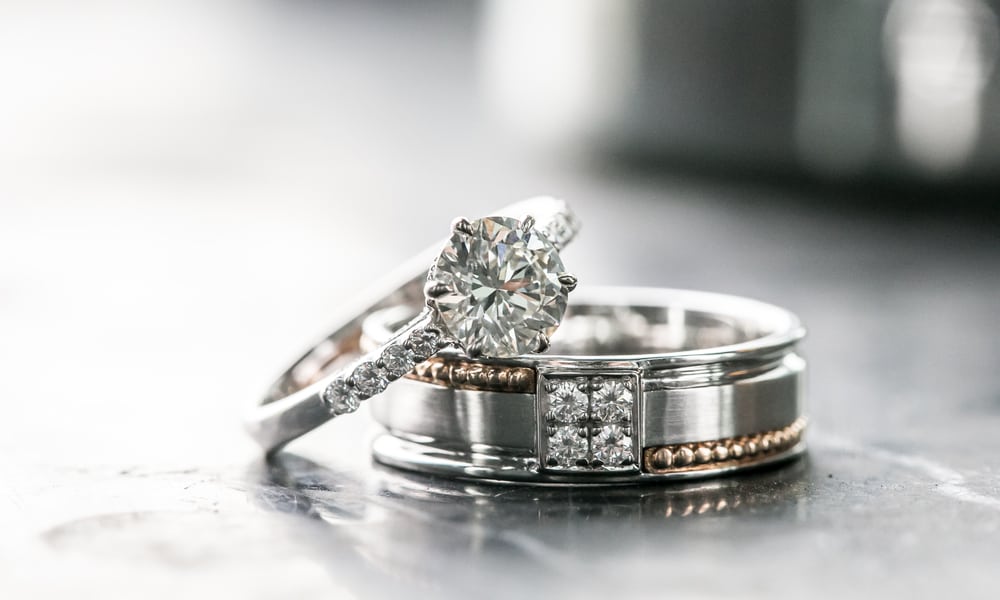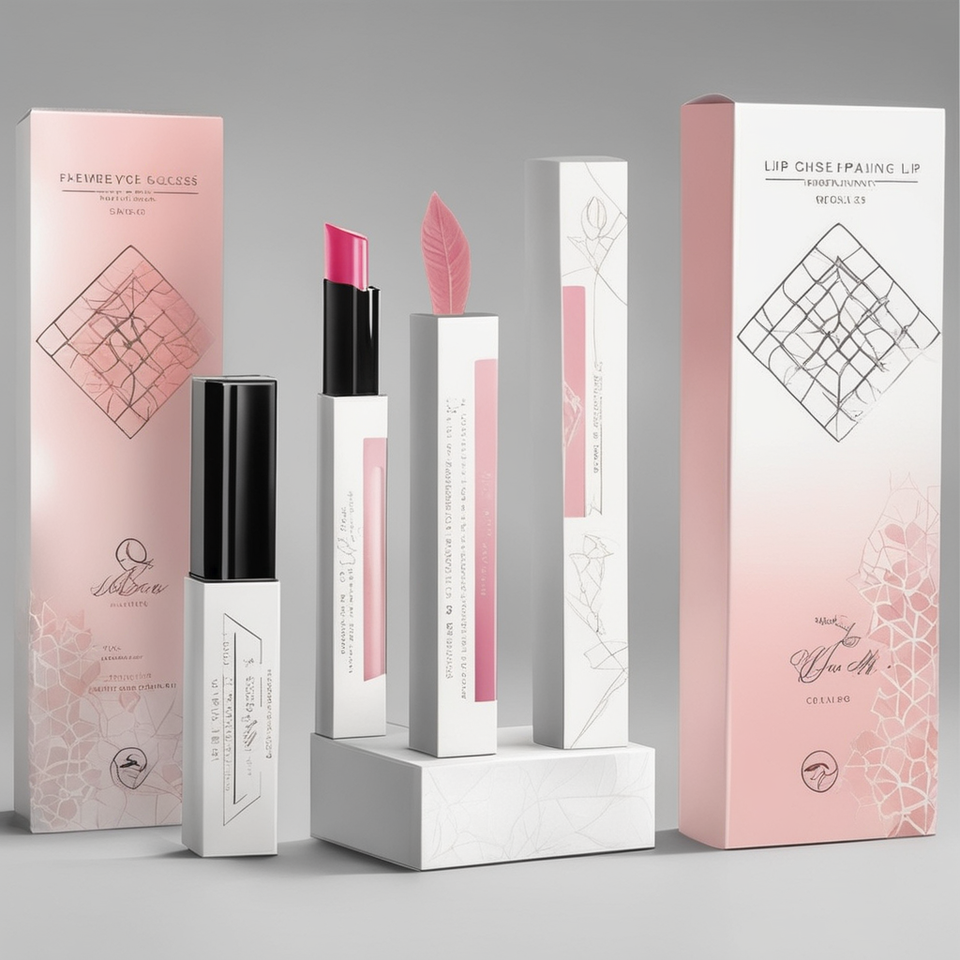Silk curtains have long been synonymous with luxury and elegance, adding a touch of sophistication to any room. Their smooth texture, rich colors, and gentle sheen make them a timeless choice for homeowners and designers alike. This article will explore the history, benefits, types, care, and tips for choosing and using silk curtains in your home or business space. Whether you’re a seasoned interior decorator or someone simply looking to elevate your living space, silk curtains are a versatile and beautiful option worth considering.
A Brief History of Silk Curtains
Silk, one of the world’s most luxurious and oldest fabrics, originated in China around 2,700 B.C. The process of silk production, known as sericulture, was kept a secret for centuries. It wasn’t until the Silk Road trade routes expanded that silk fabric became available to the rest of the world. The material’s high value made it a symbol of wealth and status, particularly among the nobility.
For centuries, silk curtains were reserved for palaces and the homes of the wealthy. These early silk curtains were often embroidered and woven with intricate patterns, adding even more opulence to their appearance. As global trade increased, silk became more accessible, and today, silk curtains are available to a broader market, though they remain a premium choice due to their natural beauty and distinctive qualities.
The Appeal of Silk Curtains
1. Luxurious Aesthetic
Silk curtains offer a refined, elegant look that few other materials can replicate. The soft, lustrous sheen of silk catches and reflects light in a way that creates a sense of movement and depth. This natural glow can make a room feel brighter and more spacious. The texture and drape of silk give the curtains a fluid, graceful appearance, whether they’re hanging freely or tied back.
Silk curtains can elevate any décor, from classic and traditional to modern and contemporary. Their natural sheen and elegant draping bring a touch of luxury that complements various interior design styles.
2. Rich Color Saturation
One of silk’s most distinctive qualities is its ability to hold deep, rich colors. Silk fibers take dye very well, resulting in vibrant hues that don’t fade easily. Whether you’re looking for a deep, royal blue, a soft blush pink, or a warm, golden hue, silk curtains are available in an array of colors to match any design scheme. The material’s slight sheen enhances the color further, giving it a luminous, almost ethereal quality.
3. Insulation and Temperature Control
In addition to their beauty, silk curtains offer practical benefits. Silk is a natural insulator, meaning it can help regulate the temperature in your home. During the winter months, silk curtains can provide an extra layer of warmth by keeping drafts out and heat in. In the summer, the breathable quality of silk helps keep rooms cooler, as it doesn’t trap heat in the same way that heavier fabrics might.
4. Durability and Longevity
Although silk is often perceived as a delicate material, it is surprisingly durable when properly cared for. High-quality silk curtains can last for many years, retaining their beauty and luster over time. The natural strength of silk fibers, combined with modern treatments and finishes, ensures that silk curtains are not only beautiful but also functional for long-term use.
5. Eco-Friendly Option
Silk is a natural, biodegradable material that’s produced sustainably, especially when sourced ethically from responsible sericulture practices. Unlike synthetic fabrics, silk doesn’t rely on petroleum-based resources, making it an eco-friendly option for those looking to reduce their environmental footprint.
Types of Silk Used in Curtains
Several types of silk can be used in curtain manufacturing, each offering different textures, sheens, and characteristics. Understanding the types of silk available can help you choose the right curtains for your space.
1. Mulberry Silk
Mulberry silk is the most common and highest-quality silk used in curtains. It’s produced by silkworms that feed exclusively on mulberry leaves, resulting in a fine, strong fiber. Mulberry silk is known for its smooth texture and uniformity, making it the preferred choice for high-end silk curtains.
2. Tussah Silk
Tussah silk is a wild silk that is harvested from silkworms that feed on leaves from trees like oak and juniper. This type of silk has a coarser texture compared to mulberry silk, but it offers a unique, organic look. Tussah silk curtains are often more affordable and have a slightly more rustic, natural appearance.
3. Dupioni Silk
Dupioni silk is made from double cocoons, which occur when two silkworms spin their cocoons together. This results in a fabric with an irregular, slubby texture that is both distinctive and luxurious. Dupioni silk is slightly heavier and stiffer than other silks, making it ideal for curtains that need to hold their shape.
4. Organza Silk
Organza is a lightweight, sheer silk fabric that is often used for decorative purposes. While not typically used for full-length curtains, organza silk is popular for creating delicate layers or adding a soft, romantic touch to windows when paired with heavier drapes.
Choosing the Right Silk Curtains for Your Space
Selecting the perfect silk curtains involves more than just picking a color. Here are a few factors to consider when making your choice:
1. Room Functionality
Consider the purpose of the room where the curtains will be installed. For living rooms or formal spaces, you may want to opt for heavy silk with rich colors or patterns to make a statement. In bedrooms, where privacy is a concern, opt for lined silk curtains that can block light and offer a more restful environment.
2. Lining and Backing
Silk curtains are often lined with another fabric to improve durability and enhance their ability to block light and insulate. A high-quality lining can also protect the silk from sun damage, ensuring that the curtains maintain their color and texture for longer periods. Blackout linings are a great option for bedrooms or media rooms where complete darkness is required.
3. Hardware and Installation
Because silk is a relatively lightweight fabric, silk curtains can be hung on a variety of curtain rods or tracks. However, consider the overall aesthetic when choosing hardware. Ornate curtain rods with decorative finials can add an extra touch of elegance, while minimalist rods allow the curtains to take center stage.
4. Care and Maintenance
Silk curtains require special care to maintain their beauty and longevity. Most silk curtains are dry clean only, as washing them in water can cause the fabric to lose its sheen and structure. It’s important to regularly dust and vacuum silk curtains to prevent dirt and grime from accumulating, which can wear down the fibers over time.
In areas with strong sunlight, consider using UV-protective window treatments or blinds in conjunction with your silk curtains to prevent fading. Rotating your curtains occasionally can also help distribute any sun exposure evenly.
Styling Silk Curtains in Different Décor Themes
Silk curtains can adapt to various interior design themes, making them versatile for any home. Here’s how you can style silk curtains based on different décor styles:
1. Classic and Traditional
In traditional interiors, silk curtains are a perfect match. Choose heavy, lined silk curtains in deep colors or with intricate patterns such as damask or jacquard. Pair them with ornate curtain rods and tiebacks for a truly opulent look.
2. Modern and Minimalist
For a more modern aesthetic, opt for silk curtains in neutral tones, such as soft grays, whites, or taupes. The natural sheen of silk will add subtle elegance without overpowering the minimalist design. Go for sleek, simple curtain rods to complement the streamlined look.
3. Eclectic and Bohemian
In eclectic or bohemian-style rooms, silk curtains can bring a touch of luxury without feeling out of place. Mix and match silk with other fabrics like velvet or cotton, and choose bold, vibrant colors that complement the room’s eclectic mix of textures and patterns.
4. Rustic and Country
Although silk is typically associated with formal spaces, it can be incorporated into rustic interiors. Tussah or dupioni silk curtains in earth tones like soft greens, browns, or creams can add a refined contrast to wooden furniture and natural elements, creating a balanced, cozy look.
Silk Curtains for Commercial Spaces
Silk curtains aren’t just for residential settings. They can be used in hotels, upscale restaurants, and event spaces to create a luxurious, inviting atmosphere. The elegance of silk curtains can transform an ordinary room into a grand, sophisticated space, perfect for making a lasting impression on clients, guests, or patrons.
Conclusion
Silk curtains are more than just a window treatment; they are a symbol of luxury, elegance, and timeless beauty. Their rich history, combined with their practical benefits, makes them a perfect choice for those looking to elevate their interior spaces. Whether you choose vibrant colors for a dramatic effect or soft neutrals for understated elegance, silk curtains are a versatile and stylish option that can enhance any room’s décor. With proper care and thoughtful placement, silk curtains will not only last for years but also continue to add sophistication to your living or working space.









